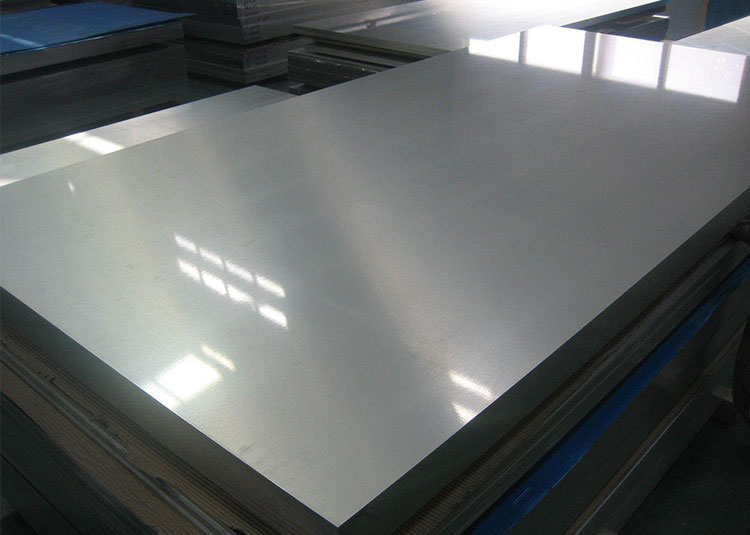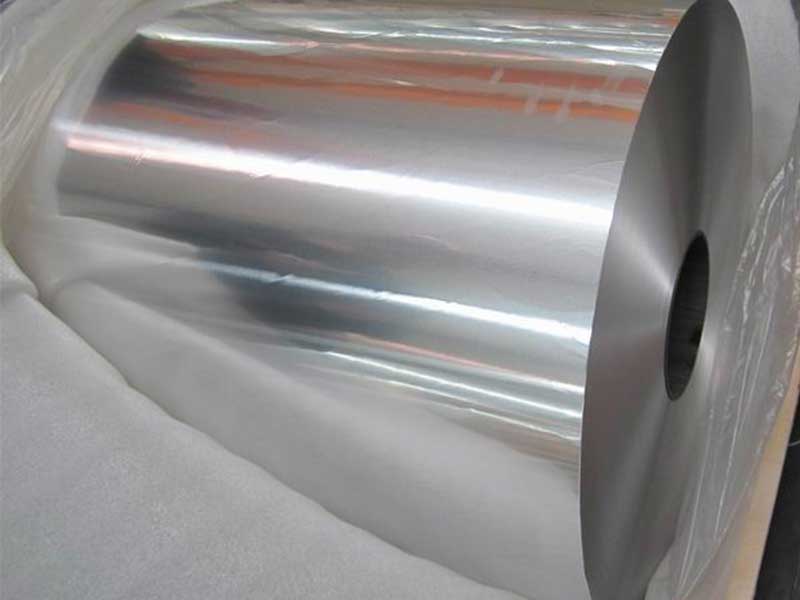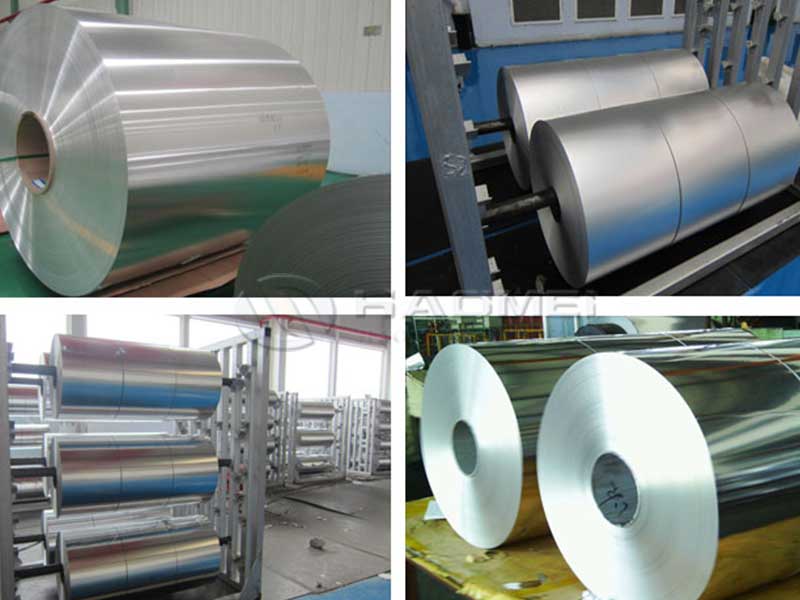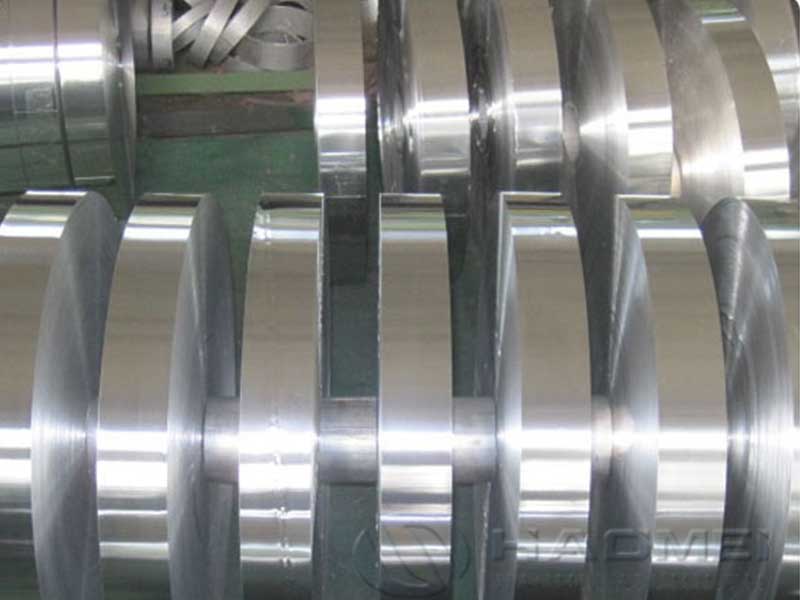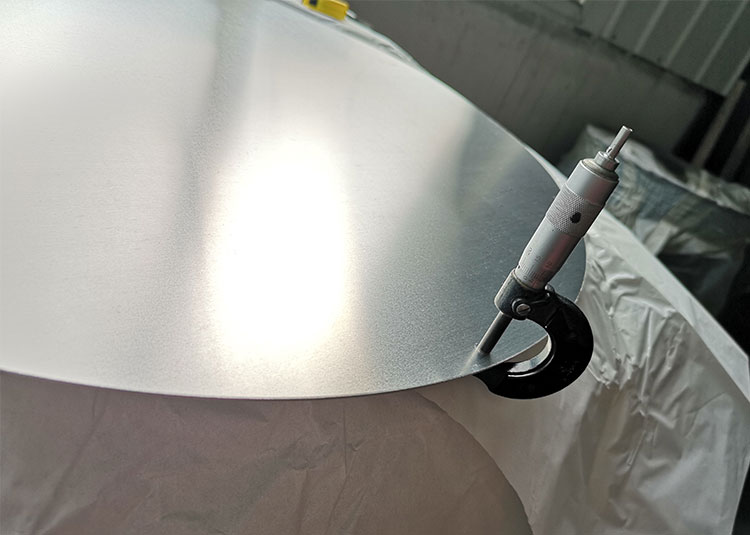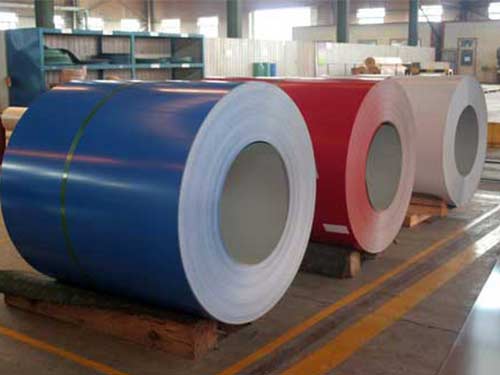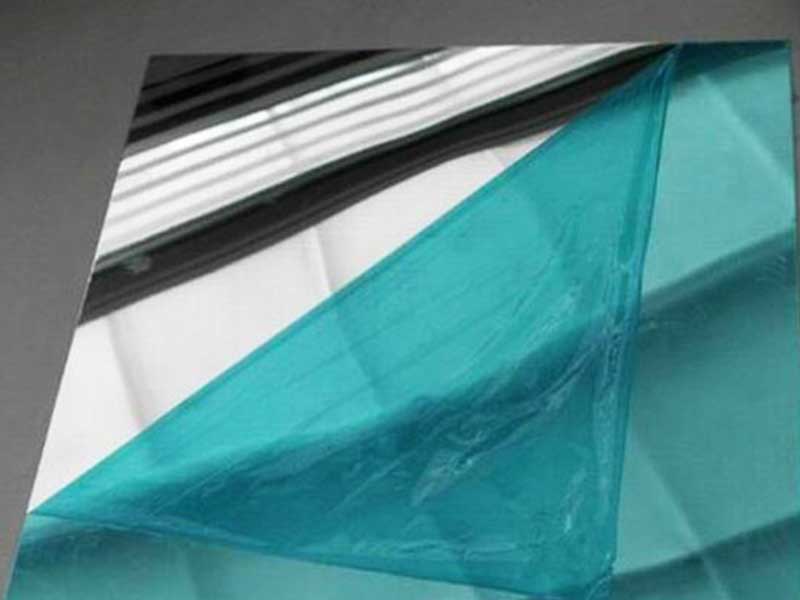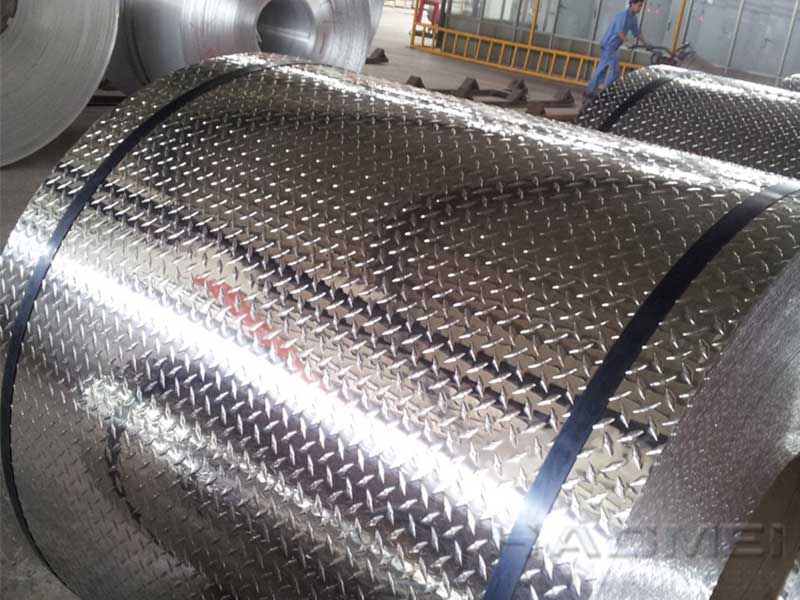Defence aluminum plate
aluminium's defence aluminum alloy plate is often used for amphibian and other armored vehicles in corrosive environments. With the ever-increasing need to extend the life cycles of current and future military platforms, the outstanding corrosion resistance and excellent ballistic protection of continues to play a critical role in the defense industry.
Our Aluminum plate represent the optimum solution for any kind of structural application — with specific ballistic performance, if required. They allow the consistent design of low-weight, reliable, and cost-efficient components for light-armored civilian and tactical vehicles, as well as for heavy constructions like military bridges. Using aluminum plate in place of steel also improves the agility and transportability of defense and rescue components (by air transport, for example) into areas of conflict or disaster.
(1) Traditionally, the aluminum alloys used for armoured vehicles and other military related applications are high strength heat-treatable 2xxx and 7xxx series alloys but also low-density and cost efficient 5xxx series alloys with excellent ballistic properties, good weldability and outstanding corrosion resistance.
As part of ’ strategic plan to develop new aluminum plate materials and solutions for armoured vehicles with the highest property performance in extreme dimensions – in particular with respect to thickness and width – various development projects, investment programs as well as other activities have been carried out, enabling to become one of the most important suppliers of aluminum armour plate products into the world’s defence industry.
’ aluminum plate offer an optimum solution for any kind of structural application – with specific ballistic performance, if required. They allow the design of light-weight, reliable and cost efficient components for light armoured civilian and tactical vehicles as well as for heavy constructions like military bridges. They improve strategic and tactical mobility of defence components e.g. by transpor t aircraft into combat or disaster relief which gives aluminum a comparative advantage over steel.
Aluminum armour plate with ballistic requirements are being tested at certified testing laboratories such as BWB (Germany), TNO (The Netherlands) or APG (USA) with consideration of national and international regulations and standards.
(2) The alloy was originally developed for the challenging corrosion requirements of the international shipbuilding industry. has been further developed to make it applicable to the defence industry, where corrosion performance is an essential operational requirement. For example, not only for amphibious vehicles but also for other armoured vehicles in corrosive environments due to chemical / biological exposure or the extreme environment conditions seen through operational deployment throughout the life time of such vehicles. (Aluminum plate)
Today's economic expectations are leading to extended life cycles for current and Future military platforms requiring new materials like with outstanding corrosion resistance and excellent ballistic protection.
(3) offers a large variety of armour aluminum plate materials for ballistic protection. The product portfolio comprises high strength, heat-treatable 2xxx and 7xxx series alloys but also 5xxx series alloys, such as with low density, excellent weldability and corrosion resistance. At the same time the ballistic protection is comparable to the best performing
high strength alloys used in the industry today.
Classic alloy type: 5059,5083
| Specifications | ||||
| Alloys (AA) | Temper | Thickness range (mm) | Length range (mm) | Width range (mm) |
|
5059,5083, 7039, 7020,7017,2519 |
5059:H131,H136, 5083:H131 7020,7017:T6 2519:T87 |
6 — 250 | 1000 — 10000 | 500 — 2700 |
| Stretched aluminum plate | |
| Thickness limit | 6 — 70 mm |
| Length limit | 2000 — 10000 mm |
| Chemical composition | ||||||
| Alloy (%) | 5083 | 2024 | 5754 | 5056 | 5052 | 7075 |
| Si | 0.40 | 0.50 | 0.40 | 0.30 | 0.25 | 0.40 |
| Fe | 0.40 | 0.50 | 0.40 | 0.40 | 0.40 | 0.50 |
| Cu | 0.10 | 3.8~4.9 | 0.10 | 0.10 | 0.10 | 1.2— 2.0 |
| Mn | 0.40— 1.0 | 0.30~0.9 | 0.50 | 0.05~0.20 | 0.10 | 0.30 |
| Mg | 4.0— 4.9 | 1.2~1.8 | 2.6— 3.6 | 4.5~5.5 | 2.2— 2.8 | 2.1— 2.9 |
| Cr | 0.05— 0.25 | 0.10 | 0.30 | 0.05~0.20 | 0.15— 0.35 | 0.18— 0.28 |
| Zr | — | — | — | — | — | — |
| Zn | 0.25 | 0.25 | 0.20 | 0.10 | 0.10 | 5.1— 6.1 |
| Ti | 0.15 | 0.15 | 0.15 | — | — | 0.20 |
| Each (Others) | 0.05 | 0.05 | 0.05 | 0.05 | 0.05 | 0.05 |
| Total (Others) | 0.10 | 0.15 | 0.15 | 0.15 | 0.15 | 0.15 |
| Al | Remaining | Remaining | Remaining | Remaining | Remaining | Remaining |
| Single number indicates maximum content. | ||||||
| Packing |
| Aluminum Plate : Aluminum Plates are placed in wooden boxes on wooden skids with runners along the length of the sheet. They are wrapped in HDPE with hardboard on top and bottom of the stack. Hoop iron strapping runs along the length of the sheets. Silica gel packets are put in the boxes for moisture protection.(Aluminum plate) |
